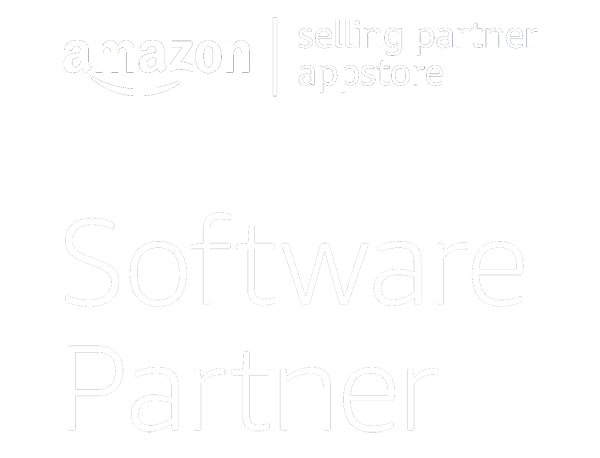Organizing small business finances is a critical part of success for any entrepreneur. Regardless of your business model or your level of experience in business finance, there are certain fundamentals that all small business owners can follow to build a foundation for success. With the following strategies, you’ll be on your way to informed budgeting, efficient accounting, and positive cash flow.
1. Separate Personal and Business Finances
When you’re just starting out, it may seem easy to separate in your head, but combining business income and expenses with personal finances is almost always a mistake. If for no other reason, consider the tax implications and documentation. It will be a lot of extra work to separate and report expenses after the fact.
The day you start your business should be the day you open a business checking account and a business credit card. It will help you protect your personal finances, and will also help you optimize your taxes for both.
2. Understand Business Income
Much like your personal finances, your business budget depends first and foremost on your income. What does it mean to understand your income?
In a nutshell, your customers pay your business for products and/or services, which generates business income. The breakdown of that income is critical for business decisions. Where is it coming from? When is it being realized? How much can the business expect to generate for a time period in the future? What are the relationships between income and investments the business has made?
The answers to all of those questions will help you budget for operational expenses and growth opportunities. Some business owners track income through spreadsheets. Others use software to integrate with invoicing systems or their point of sale. Figure out the most efficient way for your business to stay on top of the money coming in, and you will be better prepared to budget for the money going out.
3. Strategize Business Expenses
Operational expenses are literally “the cost of doing business,” but not all expenses are necessary. As your business grows, so will your list of expenses. You might spend money on inventory, payroll, office space, insurance, equipment, technology, banking, marketing, and any number of other items.
Understanding where every dollar is spent can be complex, but that knowledge is the key to reducing business costs. Decisions you made three years ago about vendors or technology may not be the most cost-effective solutions for your business as time passes. If your business is tracking expenses manually, consider a financial system that categorizes this data and projects its impact on your cash flow. This will help you identify unnecessary fees or spending so you can budget strategically.
4. Payroll and Accounting
Whether your small business operates with or without a specialized accounting team, efficient bookkeeping will save you time and money.
Managing the books online through tools like QuickBooks has numerous advantages. First, it minimizes the risk of human error in accounting. Second, tax laws are constantly changing. Rather than keeping up with every minor adjustment that impacts your business, allow the technology to keep you in compliance. There are numerous apps for managing small business finances. Do some research to see what will meet your needs.
5. Invoice Management
If your business depends heavily on invoicing, you need an organized system for invoice tracking and driving collections. There’s no need to do this manually. Find a digital solution to help you generate invoices, track them, stay ahead of collections, and accept payments from customers.
Effective invoicing not only helps your business income and cash flow, but it also builds trust with customers who appreciate the predictability.
6. Manage Your Cash Flow
It’s important to understand the difference between profit and cash flow, and how cash flow can impact your business. While profit is the simple measure of sales-minus-expenses, cash flow represents the real-time balance of cash coming in versus cash going out.
For instance, if sales and expenses indicate a $10,000 profit in a given month, you might only see a percentage of that amount in cash flow because of pending invoices with accounts receivable. Managing your cash flow means creating priorities and strategy around your income and expenses so that you have cash on hand when you need it most.
For starters, plan ahead. If you’ve followed the earlier steps, you have a good handle on your income and expenses, which is a great start to managing your cash flow. When you know expenses will be high for a given period, prepare accordingly. That could mean an adjustment to your collections strategy. Maybe you apply for a loan in advance. Maybe it means you trim some expenses or strategize vendor payments to optimize for upcoming expenses.
Remember that 38% of small businesses fail because they run out of cash. Create a plan that puts you in control of cash flow.
7. Organize Financial Data with Technology
Whether or not you’re experienced with business finances, use technology to streamline, automate, and help you stay proactive instead of reactive.
Research your digital options for accounting, payroll, invoicing, employee expenses, and all-encompassing financial management systems to see your business finances in real-time. Understanding your financial data will become a competitive advantage rather than a chore that takes your time away from running your business.





